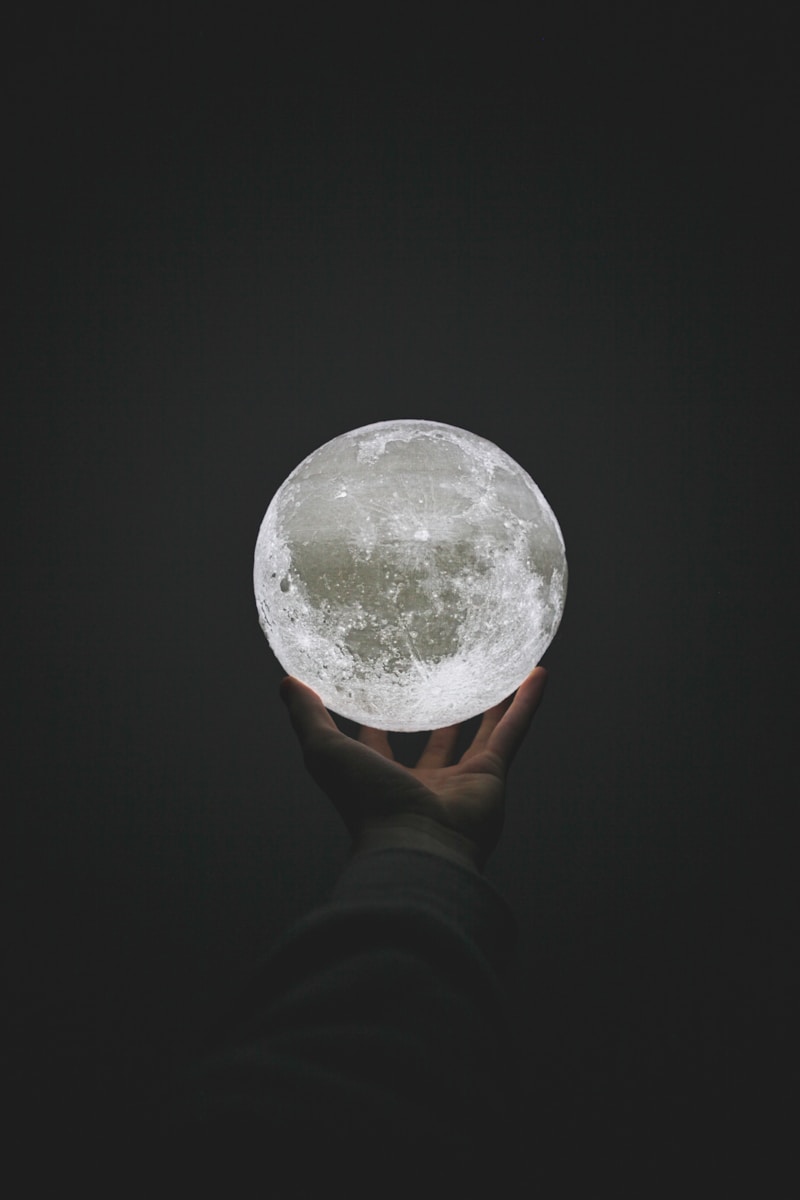Unlocking the Secrets of Magic Hour Photography: A Comprehensive Guide
What is Magic Hour Photography?
Magic hour photography, often referred to as "golden hour" photography, captures the enchanting moments that occur just after sunrise and just before sunset. This specific time offers photographers stunning natural light, vibrant colors, and a soft, glowy atmosphere that transforms ordinary scenes into extraordinary images. Whether you're a novice or a seasoned professional, understanding and mastering magic hour photography can take your work to new heights.
Why is Magic Hour Special?
The term "magic hour" describes the period shortly after the sun rises or before it sets, where the light is diffused and soft, eliminating harsh shadows and providing rich, warm hues. During this time, photographers can achieve a dramatic effect, enhancing the emotional impact of their images.
Here are some key characteristics of magic hour light:
| Characteristic | Description |
| Warmth | The light is richer, with golden and orange tones. |
| Less Harshness | The sunlight is diffused, avoiding the harsh contrasts found during the midday sun. |
| Longer Shadows | Longer shadows add depth and interesting lines to compositions. |
| Unique Color Balance | Colors of the landscape and subjects become more vibrant. |
How to Prepare for Magic Hour Photography
Preparation is key to capturing stunning images during magic hour. Here are some essential steps:
1. Timing is Everything
Knowing the exact timing of magic hour is crucial. You can use various smartphone apps and websites that provide accurate sunrise and sunset times based on your location. Adjusting your plans to align with these hours can ensure you don't miss out on the golden light.
2. Scout Locations
Before the magic hour arrives, scout your desired photography locations. Consider factors such as the landscape, potential subjects (like people or wildlife), and the position of the sun. A good vantage point can make all the difference in capturing beautiful shots.
3. Gear Up Wisely
Bring the right equipment to ensure you can make the most of your magic hour photography. Essential gear includes a camera (DSLR or mirrorless), a sturdy tripod, and possibly a remote shutter release. Don’t forget your lenses—wide-angle lenses work beautifully for landscapes while prime lenses can add depth and detail to portraits.
Techniques to Enhance Your Magic Hour Photography
During magic hour, utilize specific techniques to enhance your photography:
1. Use Backlighting
Positioning your subject against the light source creates a stunning halo effect, emphasizing textures and making the subject pop against the background. This can give your images a dreamy and ethereal quality.
2. Experiment with Silhouettes
Silhouetting subjects against the vibrant colors of the sunset or sunrise can create striking visuals. Make sure your subject is in front of the light source, reducing exposure to highlight the outline of the subject beautifully.
3. Capture Reflections
Water bodies like lakes or rivers can reflect the warm colors of magic hour. Used effectively, reflections can create interesting compositions, adding another layer of depth to your images.
4. Utilize Manual Mode
To make the most of the unique lighting conditions, switch to manual mode on your camera. This gives you control over exposure settings, allowing you to adjust the aperture, shutter speed, and ISO independently. Consider slightly underexposing your shots to enhance the depth of colors.
Challenges of Magic Hour Photography
While capturing impressive photos during magic hour can be rewarding, it does come with its challenges:
1. Time Constraint
The magic hour lasts for a limited time, often about 20 to 60 minutes, depending on geographic location and weather conditions. This short window creates pressure to capture the perfect shots quickly.
2. Rapidly Changing Light
The light conditions change rapidly during magic hour, requiring fast adjustments in settings and position. A sudden cloud cover can change the entire mood of the scene.
Post-Processing Tips for Magic Hour Photography
Editing photos taken during magic hour can further enhance their visual appeal:
1. Adjust Color Balance
During editing, tweak the color balance to emphasize the warm tones of the golden hour, ensuring your images feel as warm and inviting as they did in real life.
2. Enhance Highlights and Shadows
Fine-tuning highlights and shadows can add contrast and depth. Consider increasing definition in the silhouette areas while retaining detail in the brightly lit sections.
3. Crop for Composition
Don't hesitate to crop your images to improve composition. Magic hour provides opportunities for dramatic framing, so take advantage of it during the editing phase.
Conclusion: Mastering Magic Hour Photography
In conclusion, magic hour photography is a breathtaking way to showcase the beauty of the natural world. With proper planning, preparation, and technique, photographers can harness the enchanting qualities of this golden light. Remember to schedule your shooting times, scout locations, and practice various techniques to elevate your images. As you embark on your magic hour photography journey, always carry your passion for capturing fleeting moments, and enjoy the creative process. Happy shooting!
